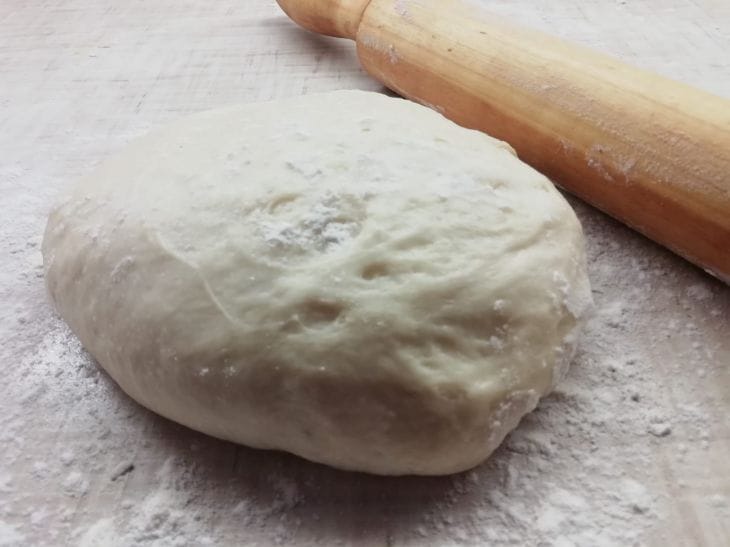The Secret to Airy Baking: How Mayonnaise Turns Dough into a Cloud
Imagine that regular mayonnaise, which has been gathering dust in your refrigerator for years, could become the key to perfect baking.
This sauce, made from eggs, oil and vinegar, has been used in baking for decades, but its role is often underestimated.
Chef James Beard , author of The Art of Baking , likens mayonnaise to "a secret ingredient that works as a texture catalyst."
In an interview with Food & Wine, he explained that the emulsion in mayonnaise stabilizes the air bubbles that form when the batter is whipped.
This is especially important for biscuits and muffins, where fluffiness is the key to success.

But how exactly does this happen? A study published in the Cereal Chemistry Journal found that fats in mayonnaise coat the flour particles, reducing the formation of gluten.
The less gluten, the more delicate the structure. Pastry chef Claire Saffitz conducted an experiment on her YouTube channel, replacing half of the butter in the recipe with mayonnaise.
The result shocked subscribers: “The cupcakes rose 40% higher, and the crumb resembled airy marshmallows.”
The historical context is also interesting. In the USSR, mayonnaise was often added to dough due to a shortage of butter.
Grandmother's recipes, passed down from generation to generation, turned out to be scientifically proven.
Modern bakers like Irina Chadeeva , author of the bestselling book Pies and Something Else , confirm:
“Mayonnaise not only saves time, but also guarantees a consistent result even with temperature changes in the oven.”
What about the taste? Many people are afraid that the dough will acquire a specific taste.
However, the acidity of mayonnaise is neutralized during baking, and sugar and vanilla completely mask any foreign notes.
Reddit forum user u/BakingPro shared a life hack:
"I add a teaspoon of mayonnaise to the chocolate batter and the brownies are so moist that you can't tell them apart from the restaurant ones."
